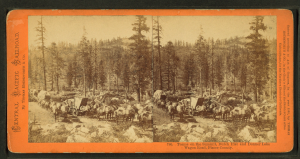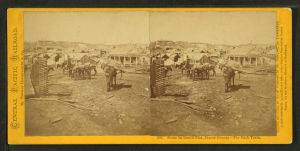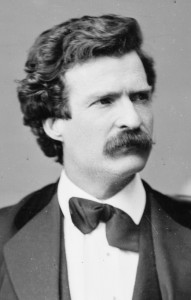I just love living in Placer County. There is so much history in our beautiful county, especially during the 1800’s.
Some of the little towns that existed during the Gold Rush are just a memory, while others are still thriving. One of my favorite little places, Dutch Flat, is near Baxter and although it is not the thriving metropolis, it was when German immigrants founded it back in 1851. Most people have no idea that Dutch Flat was one of the richest mining locations in the state and is now registered as a historical landmark.
Brothers Charles and Joseph Dornback discovered the sunny hollow when the two of them drove their covered wagons down the Old Emigrant Road. What is now Dutch Flat was along the Bear River and just below Green Valley, which was another busy mining camp. Cold Springs, now known as Gold Run, Giant Gap, and the Dornbach’s Dutch Charlie’s Flat were all supplied by mule trains.
The Chinese immigrants really helped grow the little community. Dutch Flat’s Chinatown started in the late 1850s and became one of the largest Chinese settlements outside of San Francisco in the 1860’s thanks to the railroad construction. When Old Chinatown was destroyed by fire in 1877, the settlement moved closer to the Dutch Flat Depot along the Central Pacific Railroad. Up until the later part of the 1930’s, Dutch Flat was thriving with laundries, restaurants, opium dents, brothels, gambling halls, Joss houses, general stores and a post office. Chinese New Year was such a big deal in Dutch Flat that visitors from as far away as San Francisco came to enjoy the festivities.
However, Dutch Flat had much more than its own Chinatown and was once the largest town in Placer County with a population of close to 5,000. Dutch Flat modeled itself after a quaint New England Village with Victorian homes nestled up against the tall pine trees in the Sierra Nevada Mountains. Dutch Flat had a thriving dramatical and debating society with a beautiful opera house. In fact, Mark Twain would often lecture at the opera house in the town that locals referred to as the, “Athens of the Foothills.”
Today you can still feel the history of Dutch Flat as you see the stone store on Main Street, the Dutch Flat Hotel, the Odd Fellows Hall, the stone jail and the Mason Building. Some say that the Mason’s vault contains the original records from the early Gold Rush era. Dams and mining equipment can still be seen off Main Street, and the Golden Drift Museum is a must if you plan to visit Dutch Flat. Because of its close location to Interstate 80, Dutch Flat fared better than the dozens of boomtowns that have now become ghost towns, including You Bet, Deadwood, and Last Chance. ~Marsha~




